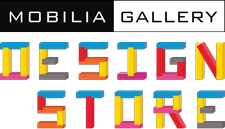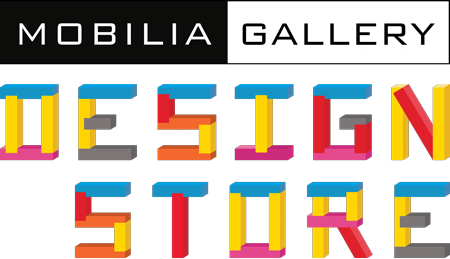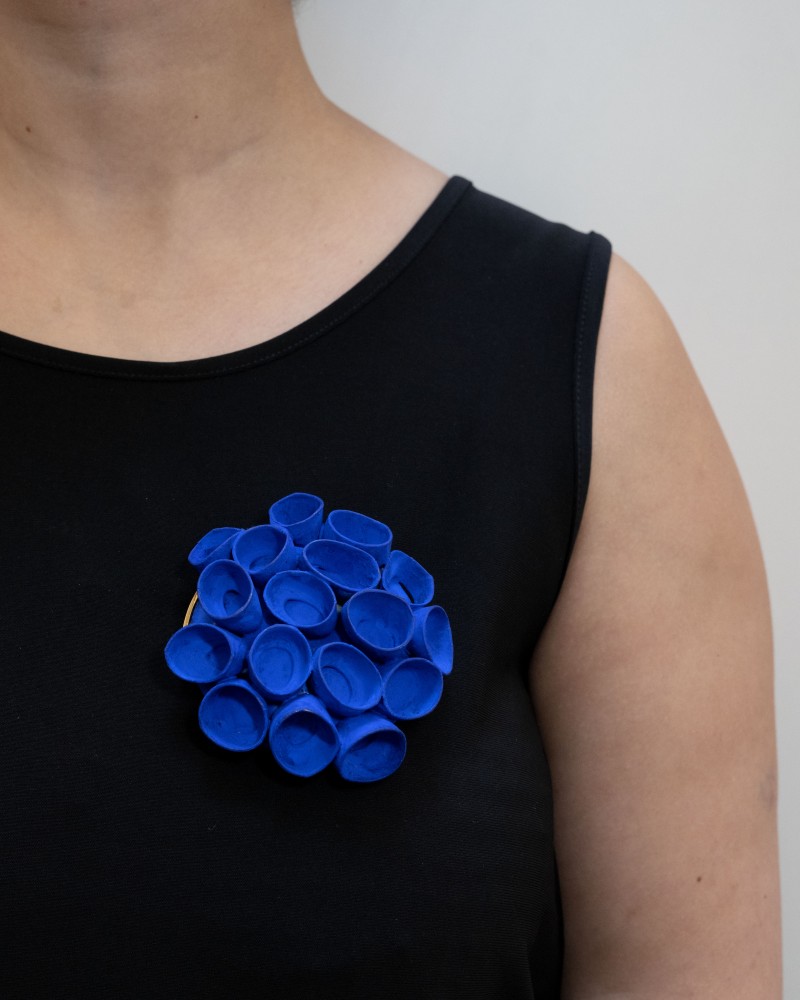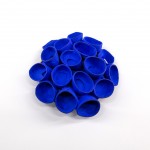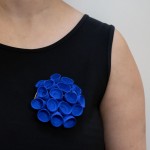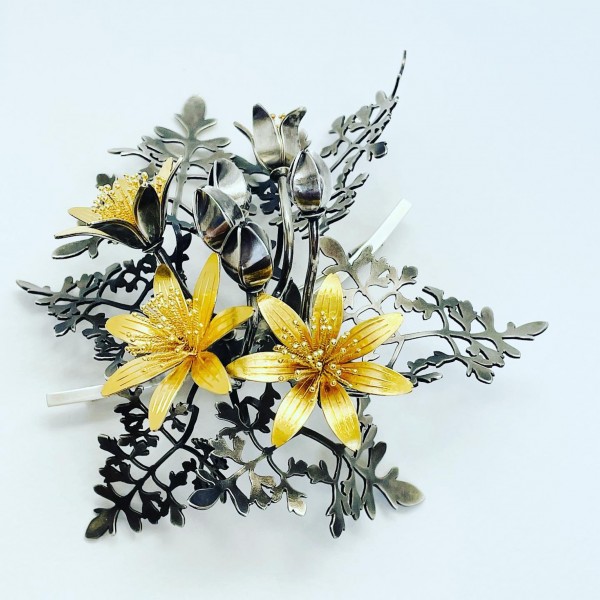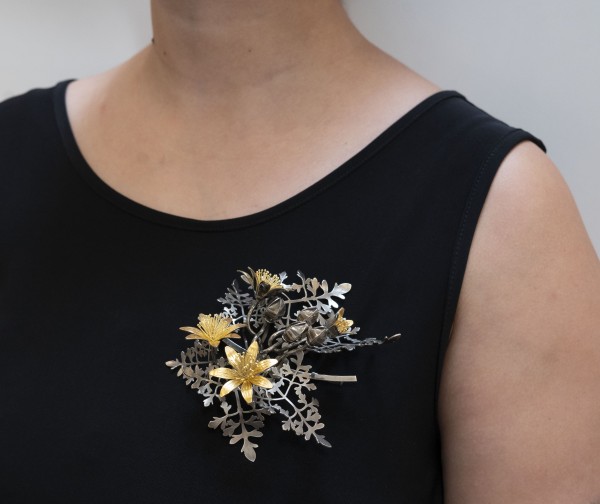| Materials | Brooch. plastic, bakelite , silver, lapis pigment,glass, gold leaf, steel, acrylic. |
|---|---|
| Dimensions | 3.5″ x 3.5″ x .5″ |
Description
“The Beauty will save the world, said Prince Lev N. Myškin in the book “The idiot” by Fëdor Dostoevskij (published in 1868). And it is precisely through the beauty and emotional depth of the intense blue of this brooch MELODIES that I intend to give a sign to this exhibition that was designed in a time of suffering, fear and worldwide anxiety.
The Italian “Arte Povera” movement inspired my conceptual works from the beginning. Precious and “less precious” materials (broken glass, resin, copper, gold, plastics, enamels, wood and paints) are transformed into provocative shapes and signs. Surfaces are corroded; precious metals as well as non-precious materials are used, without considering their value. My works are generally about the everyday lives of women, including the history of my own life. Just like pages from an autobiography, each piece stems from a different constructional arrangement like a continuous ‘metamorphosis’.
My deep blue pigment is made with various layers of lapis lazuli. “…A noble color, beautiful, the most perfect of all colors,” Cennino Cennini said of ultramarine, the pigment made from powdered lapis lazuli, in his “Book of the Arts,” written around 1400 (Padova). When the Florentine painter Giotto came to Padova to work on the frescoes of the Scrovegni Chapel (1303-1305), he ordered gold and lapis lazuli in equal quantities, as well as the blue pigment called “oltre-mare” (beyond the sea), which came from the mountains of Afghanistan. Giotto painted the vault of the chapel as if it were a starry sky, with lapis lazuli pigment and gold. He applied the blue pigment to the surface with the fresco technique, using natural binders. I will never forget my first visit at the Scrovegni Chapel when I was young student. Giotto’s blue remained in my eyes forever.
Blue is the color of transcendency and spirituality, used by many artists to this day to represent the spiritual (for instance, W. Kandijsky, P. Klee), beauty, and the sublime, even in their most abstract forms (Y. Klein, A. Kapoor, M. Rothko). It was from these thoughts that I created this brooch in which blue becomes the jewel itself. The blue color becomes a balm for the soul for those who look at this jewel, it leads to a detachment from reality and makes you reflect on the enigmatic nature of life. I remember last year, the Italians sang and played from the balconies to exorcise fear and to create unions between neighbors. After a few months the cases of death increased and the Italians no longer sang.
The pain we have had due to Covid-19 will never go away but can art be like a medicine to soothe the wounds of the soul? I feel the blue that covers this “flower-arteries” form like a cloud of musical notes– MELODIES that cross and pierce. Ultamarine blue is a metaphor of the blue of the night sky that brings hope towards a better day. The best day is the day when science defeats this invisible virus. The best day is the day when we will feel alive again and when we can all go back to living normally… even when wearing a jewel all coated with blue pigment. For me each artist is a weaver of eternity and does nothing but stretch “invisible” threads between our real dimension and the Elsewhere, like Over the rainbow sung by Judy Garland.”
–Annamaria Zanella
